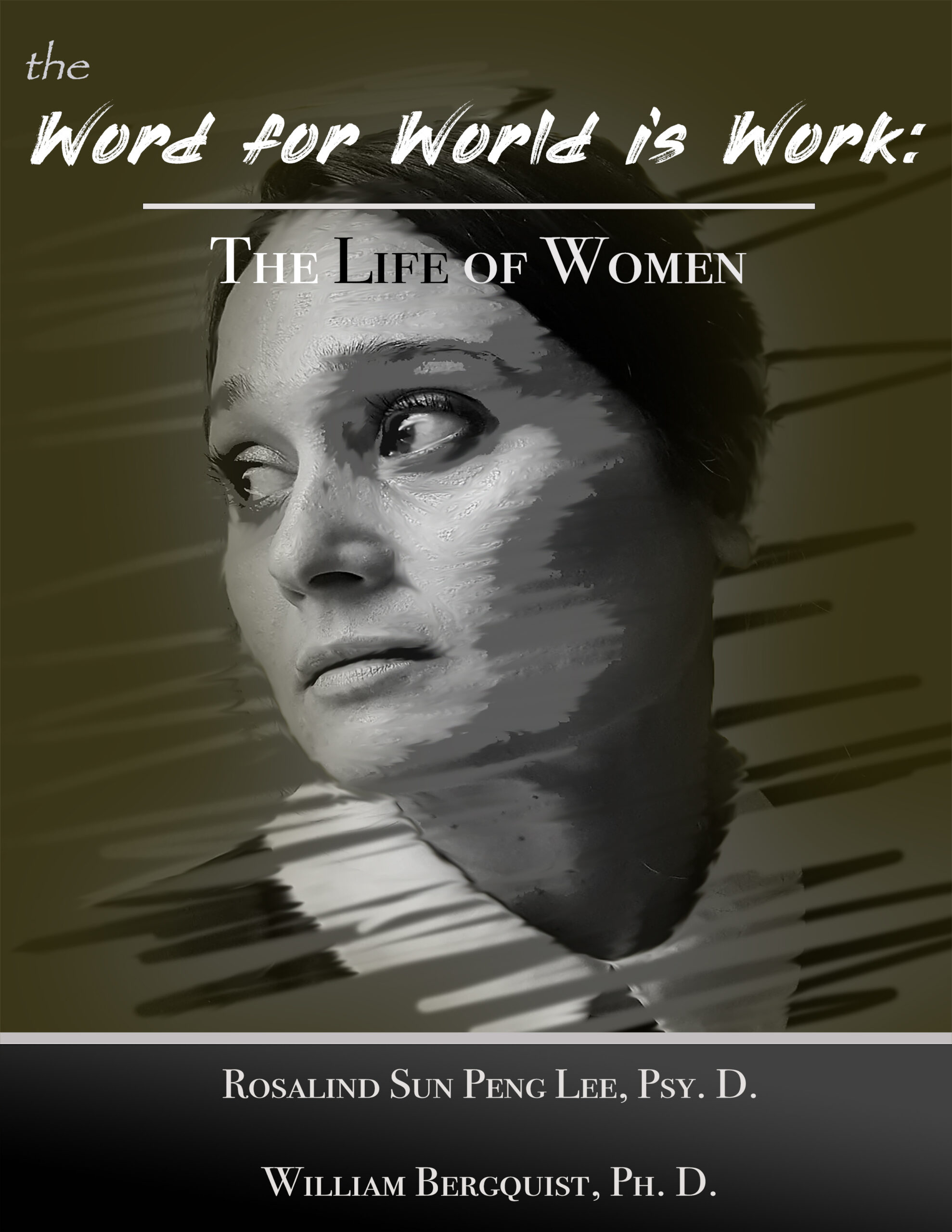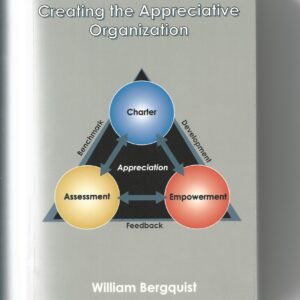This book concerns the world in which three different population of women live. In all three cases, these women find that they are consumed with work–either out of a need to survive and support their families, or out of a desire to climb higher on the social-economic ladder of their society. A unique portrait is being offered of these women–both written (with Rosalind Sun and William Bergquist as authors) and visual (with Dustin Markel as Illustrator).

The Mill Girls: One of these populations is composed of the women who worked in the mills of New England during the late 19th Century and most of the 20th Century. Called “Mill Girls,” these women lived in dormitories located near the mill, labored long hours in unsafe working conditions, and remained isolated from the community in which they had lived. We document the lives of the first Mill Girls who were attracted to work in the mills (initially of Lowell, Massachusetts) from their New England farms. Later, many of these women came from Ireland (escaping the potato famine), French Canada and other European countries.
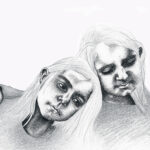
The Harvey Girls: The second population consists of the pioneering women who served customers in the newly-established Harvey restaurants of the American West during the early years of the 20th Century. While often portrayed in a glamorous manner, the ‘Harvey Girls” lived a life that was filled with work. Like the Mill Girls, the Harvey Girls lived in dormitories and confronted ongoing pressures of external control and the requirements of uniformity in all aspects of their life. Much like the early Mill Girls, women from small towns and farms in the American Mid-west were attracted to the image of new life in the Western States (and particularly the National Parks) of the United States.
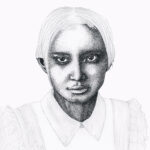
Foreign Domestic Workers: Our third population is composed of the women who serve today as foreign domestic workers (FDWs) in the country of Singapore. As in the case of women featured in the book and movie, The Help, these FDWs agreed to be interviewed regarding the many challenges they face in serving Singapore families. Unlike The Help, however, the actual interviews are provided in this book, along with the stories offered by one of the authors (Rosalind Sun) who spent many years providing service and security to these women.
________________________________
The Authors and Illustrator
Rosalind Sun Peng Lee, Psy.D.
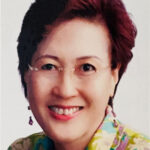
An experienced psychotherapist, counsellor and advocate for foreign domestic servants in Singapore, Dr. Sun is founder of Life Solution Counselling and Training Services— working with young school children, delinquent youths, mandated gangster teens and their families. Dr. Sun conducts training workshops on parenting skills, team building and other psychological perspectives and practices to schools and corporations.
William Bergquist, Ph.D.

Educator, consultant and coach working in more than 20 countries and 1,000 organizations, Dr. Bergquist is author or co-author of more than 50 books and 200 articles on topics ranging from enhancing faculty performance to leading postmodern organizations and from conditions of 21st Century freedom to challenges of 21st Century irony. Dr. Bergquist co-owns digital libraries on professional coaching and professional psychology.
Dustin Markel, MFA
 Mr. Markel received his Masters from Tufts University Graduate School of Arts and Sciences in 2017. His work, influenced by his years spent in urban settings, addresses the social and political consequences of youth violence, and the ongoing dilemma of school shootings. He questions components of control, the media’s power and what it means to be a victim while reflecting on the school shooting at his middle school in 2003.
Mr. Markel received his Masters from Tufts University Graduate School of Arts and Sciences in 2017. His work, influenced by his years spent in urban settings, addresses the social and political consequences of youth violence, and the ongoing dilemma of school shootings. He questions components of control, the media’s power and what it means to be a victim while reflecting on the school shooting at his middle school in 2003.
________________________________
Content of Book
Two quite different approaches to the topic of women for whom their world is primarily wrapped around their labor. The first sections of the book are devoted to a description of the conditions under which these women are working and to the history of the organizations in which they work, as well as the culture in which they live. We hope to provide you, the reader, with a compelling narrative regarding the work life of these women. These narratives are quite intimate in the case of the Foreign Domestic Workers, and carefully documented in the case of the Mill Girls and Harvey Girls. We hope that each of these narratives provides an actual portrait of the daily life being led by these three populations of working women. Hopefully, the illustrations we offer similarly conveys something that rings true about the life they have led.

The last section of this book is quite different in tone and perspective. It concerns the reasons why these women are laboring under these demanding and difficult conditions. We believe that it is not enough to paint an accurate and compelling portrait of these women. It is also important to examine causes and potential remedies—especially given that these same difficult working conditions still exist in the world. While some of our readers might want to put this book down after the stories have been told, we hope that many readers will want to join us in seeking to understand how things got like they have been and what can be done with women of the 21st Century for whom their Word for World is Work.

